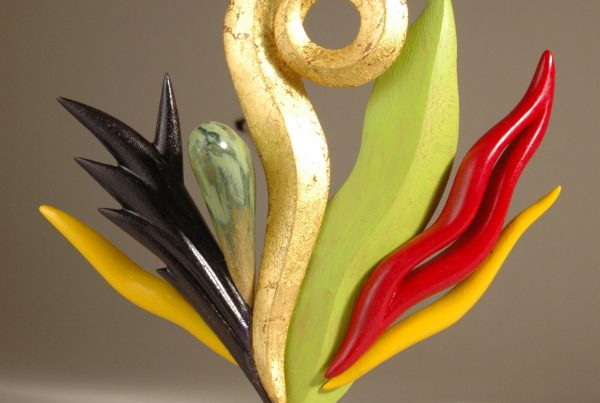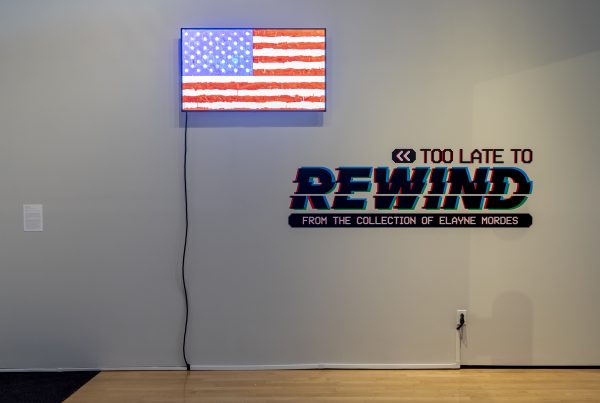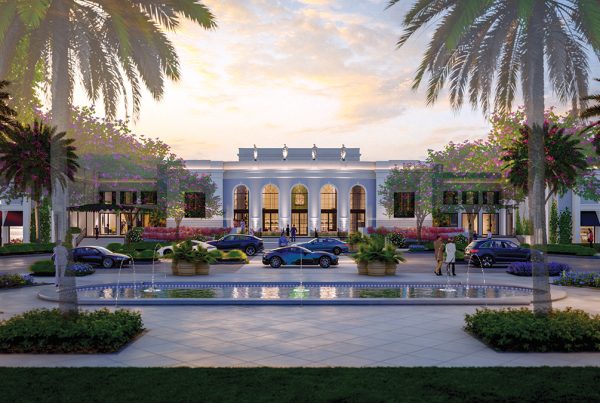
Most artists are honored to have one work selected amid the myriad entries for the Boca Museum’s All Florida competition. Miami’s Rodolfo Vanmarcke (rodolfovanmarcke.com) is privileged to have three pieces in the show: stark evocations of our country’s direst problems, isolated hauntingly against coffin-black backgrounds.
Titled “War Toy,” “Save Me” and “Pollution,” the three works in question are from the artist’s “New Normals” series: Single, microcosmic photographs of a grenade, pill and discarded water bottle that speak volumes about the cultures and societies they represent. As Vanmarcke said in his artist statement: “’New Normals’ is the violent shake of what has become usual, which has neutralized the wounds, consequences of the events, and extinguished the common interest for a better world.”
Vanmarcke discussed these striking pieces and more an interview with us, concluding our annual series of “All Florida” artist Q&As (the exhibition closes July 8).
From what I gathered from the “All Florida” show, you seem to be one of the few artists whose work is overtly grounded and social and political themes. With the “New Normals” series, were you motivated, in part, by the possibility of changing the world – or at least the thought processes of the visitors who see these pieces?
My intention is not to try to change the world. I believe that would be too innocent on my side. I’m aiming to represent some of the new and problematic scenarios of the contemporary world, which, without realizing it, have become part of our everyday life. I want to awaken consciousness about them in the individual. These allegorically portrayed situations reference a variety of the “accidents” that are caused by the humans. My series denounces what has become a habit – habit that is reached through a complex process of recognition, saturation and almost total slovenliness towards the existent conflict. As a result, indifference, apathy, abandonment and oblivion prevail, and that’s when a “New Normal” is born.

Where there any particular events or news stories that inspired you to create “War Toy,” “Save Me,” and “Pollution?”
This series is composed of 7 photographs. Each one tackles a different topic. Some of these themes were inspired by specific events. For example, “Oil Spill” is based on the BP incident in the Gulf of Mexico. Some others were based on statistics I’ve been researching, and others were born by analyzing and interpreting our context.
With the piece titled “Save me,” I highlight the abuse of painkillers, prescription drugs and general medicine in the U.S. One of the statistics informs that in 2010 in the U.S, drug stores distributed more than 69 tons of oxycodone and 42 tons of hydrocodone, amounts that are equivalent to giving 40 Percocet pills and 24 Vicodin pills to each person in this country.
On the other hand, “War Toy” is about how children are conditioned to see war and death as something ordinary and didactic by means of their toys. I didn’t use any statistics for this. I just asked myself: “Where do some of these “New Normals” begin in the first place?” From the time we are children, we already start to receive improper information that in the immediate future will become a habit. For example, I approached some famous toy stores – which I don’t visit often, as I’m not a dad yet! – where I confronted one important fact: There were aisles in this stores totally devoted to war toys, that presented kids with killing tools and death as things worth playing with – not as a last resource, or as something to avoid.
What is the significance of the all-black background?
I not only seek to isolate the objects and create a negative space, but I am also intentionally generating a mirror effect. How? Well, the way these photographs are mounted plays an important role in the delivery of my message. By presenting the objects in the center and surrounding them with an extensive black negative space, and additionally by covering the pieces with a highly reflective glass, a clear reflection of the viewer its revealed on the surface when observing the pieces, becoming a reality that nobody can escape. That’s when the artwork, and the series in general, gains value, because it becomes interactive. Some people get closer to observe the details and analyze, some others fix their hair avoiding the object in the center, making each photograph something that indeed includes and affects us all – yet each person deals with these portrayed problems in a different manner. Nobody can escape these realities, but all of us can deal with them in different ways. So yes, the “all-black background” is in part a strategy, in part aesthetic.

There may be a perception that, because these pieces come across as so sparse, that it didn’t take a lot of work to complete them. Do you care to debunk that perception? What was the process like of putting these images together?
The style of this series aims towards being minimalistic, abusing of the excessive negative space (which creates the mirror effect) and utilizing a still life “mood.” Of course, the artworks look simple, but what isn’t simple is achieving the experiential journey in the spectator by delivering the message with just one object. A simple example: If you see a cross or a Star of David, they are basically a gathering of lines, but how much history and meaning is there behind them?
A similar process happens with my photographs. In the case of “Save Me”, you can see a plain capsule, an almost insignificant thing that could become unnoticed in our everyday life. But what does it mean to a society that’s addicted to painkillers and drugs, and that disproportionately uses antibiotics? There is a pill for every occasion.
From my personal experience, contemporary art nowadays isn’t necessarily about complex techniques. It’s more related to the experience of the contemporary man in his own world, in his relation with his individual circumstances. I can assure you that in my particular creation, I spend 90 percent of the time analyzing, doing research and putting my thought into it. The other 10 percent is spent on producing and achieving the photograph.
Nowadays, technology and knowledge are in the hands of everyone. They became public with resources like the Internet, books, even in already-made presets that achieve results instantly, making everything easier. So through time, what will be most valued is the concept, the idea, the message – is the only things left that can be considered individual, personal.
What are you working on now?
Usually, once I close a series, I don’t continue to add any other photographs into it. In case of “New Normals,” I’m leaving it open, because I want to continue experimenting with it and bringing to the table more topics that interest me. Additionally, I’m starting to think about a project based on visual contradictions and opposites, but it’s still too immature to explain it. On the other hand, I will be exhibiting “New Normals” during Art Basel season in The Lunch Box Gallery in Wynwood. So I need to get ready for that. You are all invited to come see it!







